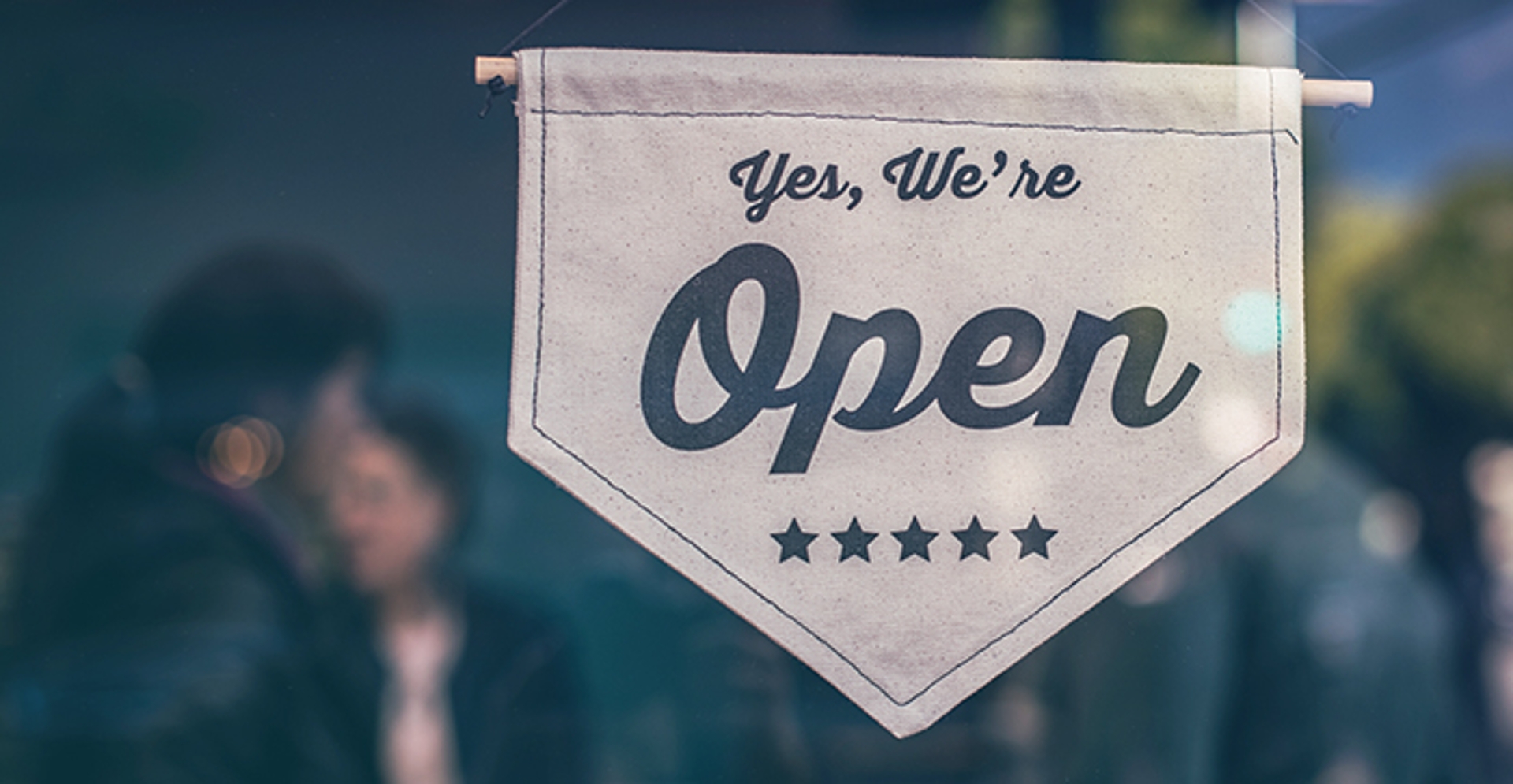18
Aug 2021
The rollout of COVID-19 vaccines that began in late 2020 has allowed many parts of the world to begin to resume life somewhat like it was pre-pandemic. That’s good news for business owners, many of whom were forced to make changes they never could have imagined making as recently as February 2020 to cope with the effects of the pandemic.
The relationship between businesses and their customers requires careful consideration on the part of business owners. Business owners want to provide the best possible experience for their customers, and that’s worth noting as the world emerges from the pandemic. Though billions of people across the globe would love to simply return to how things were in late 2019, the United States Chamber of Commerce notes that things in the business world likely won’t go back to exactly how they were pre-COVID. That likelihood means it could benefit business owners to recognize practices instituted during the pandemic that could have staying power in the years ahead.
Sanitation Practices: Strict sanitation protocols put in place during the pandemic could be something consumers demand in the future. The COVID-19 virus opened many consumers’ eyes to how quickly potentially dangerous viruses and germs can spread, so business owners should expect to keep protocols designed to prevent the spread of illness in place even after the pandemic has ended. Measures that might be part of the new normal include making hand sanitizer readily available to customers and staff and keeping customers informed about daily sanitation practices.
Personal Protective Equipment: Normalizing the use of personal protective equipment (PPE) post-pandemic may be beneficial for employees and customers alike. Masks and gloves have been proven to decrease the transmission of viral pathogens and can be particularly impactful when worn in a high traffic public environments. By normalizing the use of PPE, businesses can create safer environments for their employees and customers, while cutting back on work absences due to viral sickness such as the cold or flu.
Curbside Pickup: The convenience of curbside pickup is something consumers likely won’t want to sacrifice even after the pandemic has ended. Businesses might not need to offer the same rapid turnaround for their curbside pickup services once in-store shopping picks up. But offering curbside pickup may attract customers who like it for its convenience as well is its safety. Offering curbside pickup also helps customers with disabilities who may be homebound and otherwise unable to visit a store in person. By offering these services 24/7, you open your business up to being more inclusive and able to serve more customers.
Takeout & Delivery: The restaurant business was hit especially hard during the pandemic. A report from the National Restaurant Association estimated that, in 2020, restaurant and food-service sales were $240 billion below pre-pandemic forecasts. The group also noted that more than 110,000 eating and drinking establishments closed, either temporarily or permanently, in 2020. Those that were able to remain open relied heavily on takeout orders in order to do so. Consumers who grew accustomed to getting takeout from their favorite restaurants may want to continue doing so well into the future. Continuing to offer that option, even after capacity restrictions are lifted, is a good way to reward customers who prefer takeout, and it’s also a great way to generate extra revenue.
The world is slowly emerging from the COVID-19 pandemic. Businesses that adjusted their offerings during the last year-plus may benefit by continuing to offer a more versatile array of services even after the pandemic has ended.






